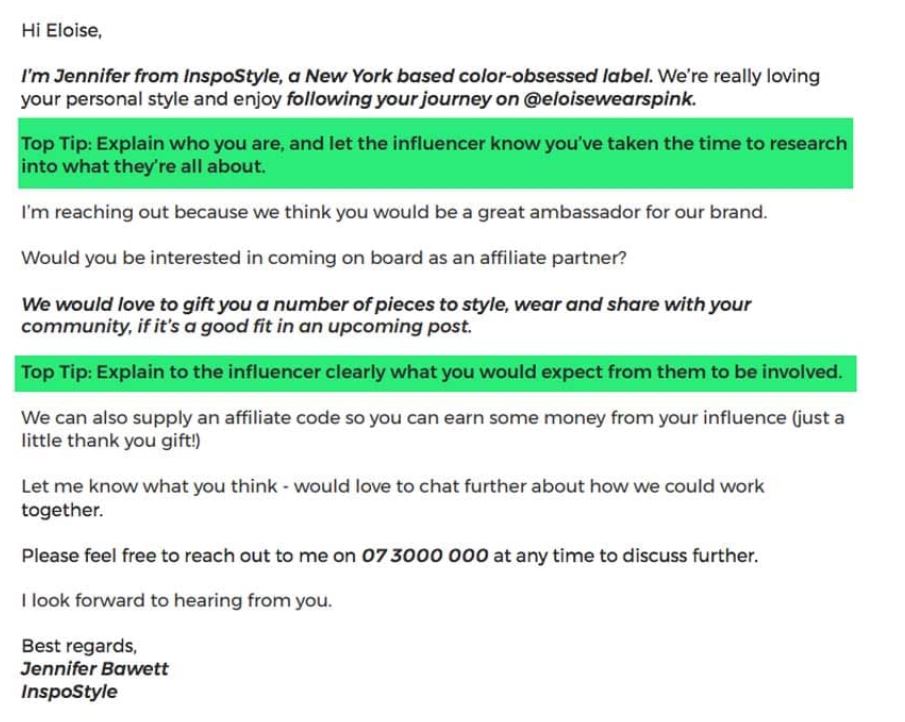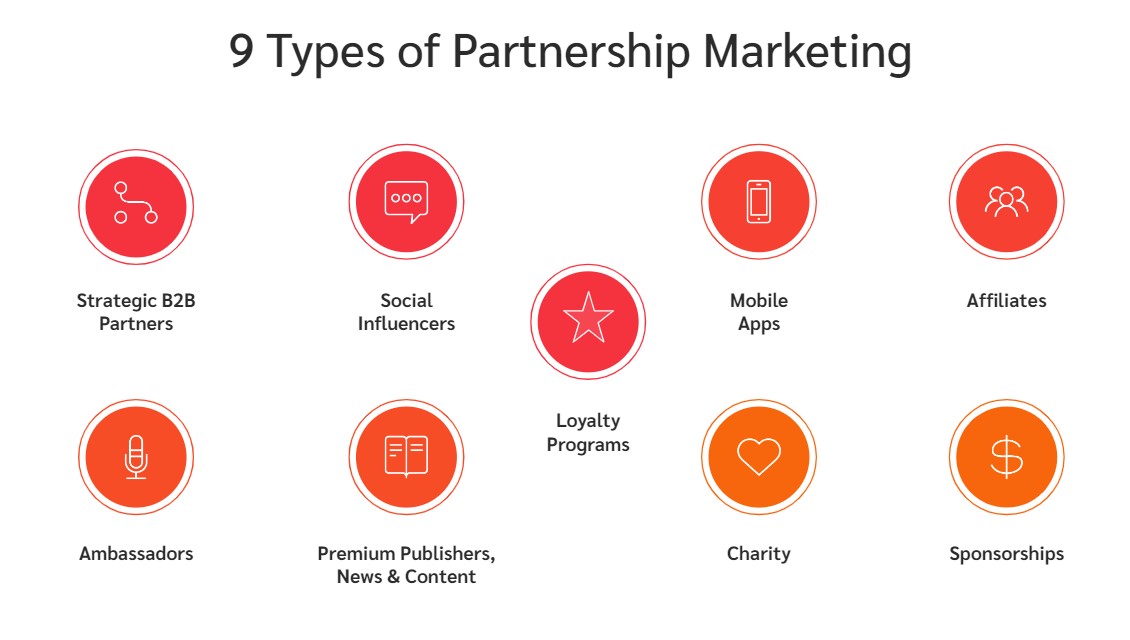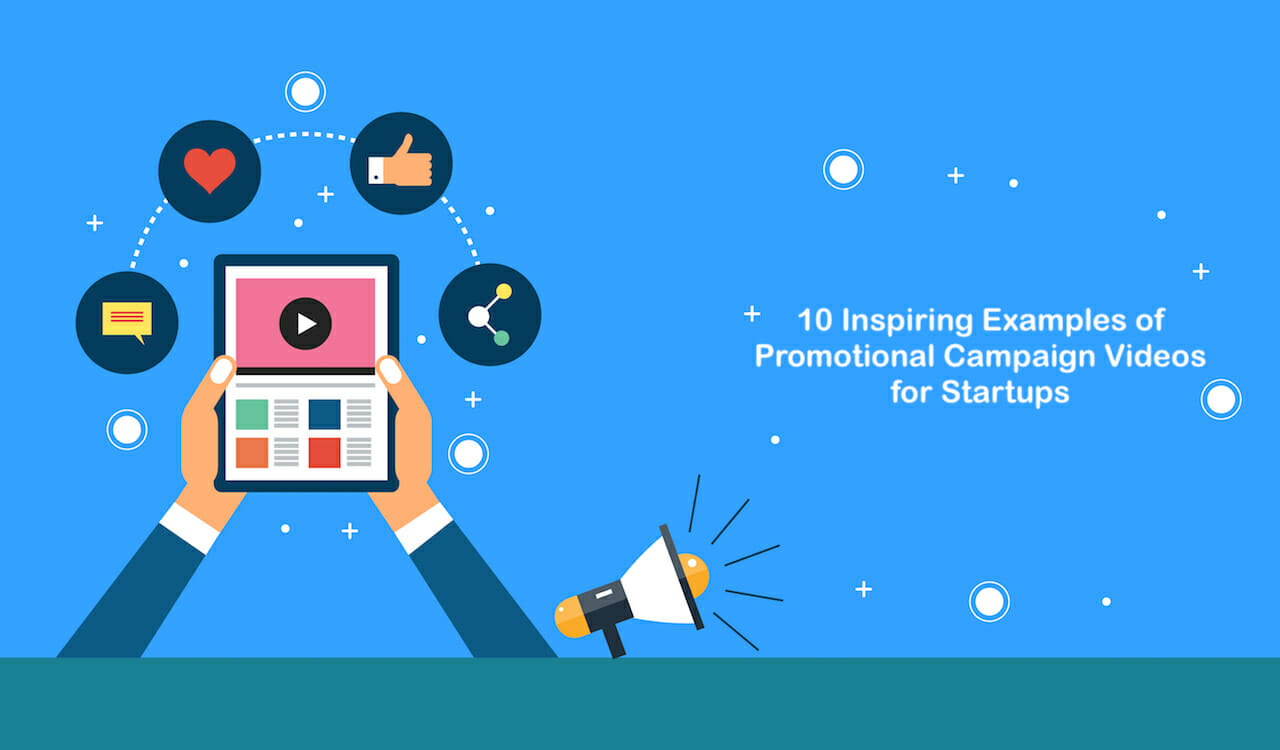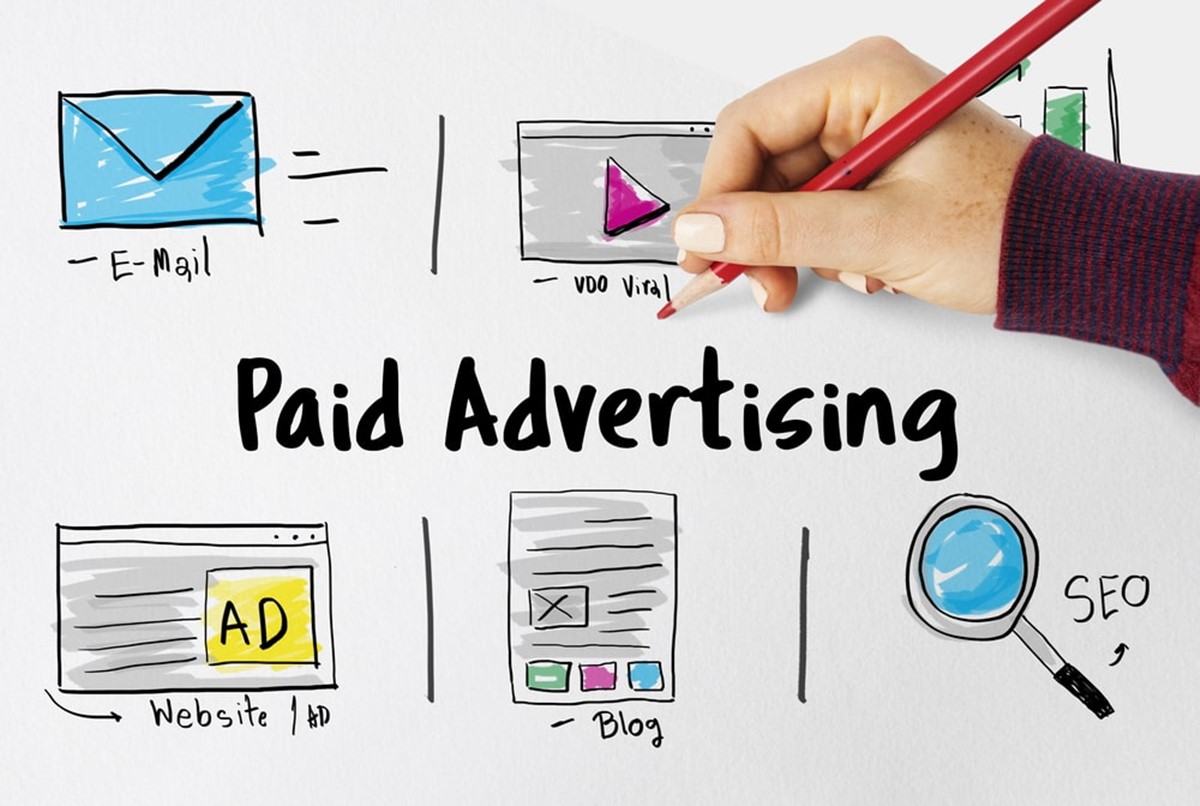Why Brands Need Influencers: Understanding the Power of Sponsored Content
In today’s digital landscape, brands are constantly seeking innovative ways to reach their target audience and increase brand awareness. One effective strategy is partnering with influencers who have built a loyal following and can promote products or services to their engaged audience. This form of marketing, known as influencer marketing, has become a crucial component of many brands’ marketing strategies. By collaborating with influencers, brands can tap into their creative content, expand their reach, and ultimately drive sales.
So, why do brands need influencers? The answer lies in the power of sponsored content. When an influencer promotes a brand’s product or service, it can lead to increased brand recognition, improved credibility, and a higher likelihood of conversion. In fact, studies have shown that sponsored content can be up to 22% more effective than traditional forms of advertising. This is because influencers have built trust with their audience, and their recommendations are often seen as more authentic and relatable.
For individuals looking to get paid to promote brands, understanding the importance of sponsored content is crucial. By creating high-quality content that resonates with their audience, influencers can attract brands and secure partnerships that benefit both parties. In this article, we will explore the ins and outs of brand promotion, including how to build a personal brand, identify the right brands to partner with, and negotiate rates and terms.
As the influencer marketing space continues to evolve, it’s essential to stay ahead of the curve and understand how to get paid to promote brands effectively. With the right strategies and techniques, individuals can turn their passion into a career and reap the rewards of successful brand partnerships. Whether you’re just starting out or looking to take your influencer marketing efforts to the next level, this guide will provide you with the knowledge and expertise needed to succeed in this exciting and rapidly growing industry.
Building Your Personal Brand: Establishing Yourself as a Promotional Partner
Establishing a strong personal brand is crucial for individuals looking to get paid to promote brands. A well-defined personal brand helps to differentiate you from others in the industry, showcases your unique value proposition, and attracts potential brand partners. To build a strong personal brand, focus on creating a consistent and authentic online presence.
Start by developing a unique voice and tone that resonates with your target audience. This will help to establish your authority and expertise in your niche. Use social media platforms to showcase your personality, share your passions, and provide value to your audience. Consistency is key, so ensure that your messaging and visual identity are consistent across all platforms.
Creating engaging content is also essential for building a strong personal brand. Develop a content strategy that showcases your creativity, expertise, and unique perspective. Use high-quality visuals, storytelling techniques, and compelling headlines to capture your audience’s attention. By creating content that resonates with your audience, you’ll be able to attract and retain a clearly defined audience, with whom you can build a loyal community.
In addition to creating engaging content, it’s essential to develop a strong social media presence. Focus on building a community around your personal brand, rather than just accumulating followers. Engage with your audience, respond to comments and messages, and use social listening to stay on top of industry trends and conversations.
By building a strong personal brand, you’ll be able to establish yourself as a promotional partner, attract potential brand partners, and increase your chances of getting paid to promote brands. Remember, your personal brand is a reflection of your values, expertise, and unique perspective, so ensure that it accurately represents you and your services.
Identifying Your Niche: Finding the Right Brands to Partner With
Identifying a specific niche or area of expertise is crucial for individuals looking to get paid to promote brands. By focusing on a particular niche, you can establish yourself as an authority in that area, attract a targeted audience, and increase your chances of partnering with relevant brands.
To identify your niche, start by researching your audience’s interests and needs. Use social media analytics tools to understand what types of content resonate with your audience, and what topics they engage with most. You can also use online tools such as Google Trends and Keyword Planner to identify popular topics and trends in your desired niche.
Once you have identified your niche, research brands that align with your values and audience interests. Look for brands that have a strong online presence, engage with their audience, and produce high-quality content. You can also use social media listening tools to identify brands that are already partnering with influencers in your niche.
When researching brands, consider factors such as their target audience, marketing goals, and content strategy. Look for brands that align with your own values and goals, and that have a clear understanding of how influencer marketing can help them achieve their objectives.
By identifying your niche and researching relevant brands, you can increase your chances of getting paid to promote brands. Remember to stay focused on your niche and continually adapt to changes in the market and your audience’s needs. This will help you to establish a strong reputation as an influencer and attract brands that are looking for partners who can help them achieve their marketing goals.
Crafting a Compelling Pitch: How to Reach Out to Brands for Collaboration
When it comes to getting paid to promote brands, having a solid pitch is crucial. A well-crafted pitch can help you stand out from the competition, showcase your unique value proposition, and increase your chances of securing brand partnerships.
To create a compelling pitch, start by highlighting your unique value proposition. What sets you apart from other influencers in your niche? What unique skills or perspectives do you bring to the table? Be specific and use data to support your claims.
Next, showcase your content quality. Share examples of your best work, including blog posts, social media posts, and videos. Highlight your ability to create engaging, high-quality content that resonates with your audience.
Demonstrate your audience engagement by sharing metrics such as follower growth, engagement rates, and website traffic. This will help brands understand the reach and influence you have in your niche.
When reaching out to brands, be clear and concise about what you’re proposing. Explain how you can help them achieve their marketing goals, and what specific services you’re offering. Be transparent about your rates and terms, and be prepared to negotiate.
Finally, follow up with brands after sending your pitch. This will help keep you top of mind and show that you’re serious about collaborating with them.
By crafting a compelling pitch and following up with brands, you can increase your chances of getting paid to promote brands. Remember to stay focused on your unique value proposition, showcase your content quality, and demonstrate your audience engagement.
Understanding the Different Types of Brand Partnerships: Sponsored Content, Affiliate Marketing, and More
When it comes to getting paid to promote brands, there are several types of brand partnerships to consider. Each type of partnership has its own benefits and drawbacks, and understanding the differences can help you make informed decisions about which partnerships to pursue.
Sponsored content is one of the most common types of brand partnerships. This involves creating content that promotes a brand’s product or service, and is often paid for by the brand. Sponsored content can take many forms, including blog posts, social media posts, videos, and more.
Affiliate marketing is another type of brand partnership that involves promoting a brand’s product or service in exchange for a commission on sales. This type of partnership can be lucrative, but requires a strong understanding of the brand’s product and audience.
Product reviews are another type of brand partnership that involves reviewing a brand’s product or service and sharing your honest opinion with your audience. This type of partnership can be beneficial for both the brand and the influencer, as it provides valuable feedback and helps to build trust with the audience.
Ambassador programs are long-term partnerships between a brand and an influencer, and involve promoting the brand’s product or service over an extended period of time. This type of partnership can be beneficial for both the brand and the influencer, as it provides a steady stream of income and helps to build a strong relationship with the audience.
When considering different types of brand partnerships, it’s essential to understand the benefits and drawbacks of each. Sponsored content, for example, can provide a high level of creative freedom, but may require a significant amount of time and effort to produce. Affiliate marketing, on the other hand, can provide a high level of earning potential, but may require a strong understanding of the brand’s product and audience.
By understanding the different types of brand partnerships and their benefits and drawbacks, you can make informed decisions about which partnerships to pursue and how to get paid to promote brands.
Negotiating Rates and Terms: How to Get Paid Fairly for Your Promotional Work
When it comes to getting paid to promote brands, negotiating rates and terms is a crucial step. Understanding your worth and setting boundaries can help you get paid fairly for your promotional work.
To negotiate rates and terms effectively, start by understanding your worth. Consider your audience size, engagement, and the value you bring to the brand. Research industry standards and rates to determine a fair price for your services.
Next, set boundaries and be clear about your expectations. Define the scope of work, including the type of content, frequency of posts, and any specific requirements. Establish a clear payment structure, including the rate, payment terms, and any additional fees.
Be transparent about your expectations and communicate them clearly to the brand. This includes disclosing any potential conflicts of interest, such as working with competing brands.
When negotiating rates and terms, consider the following tips:
– Be confident and assertive: Know your worth and don’t be afraid to ask for what you’re worth.
– Be flexible: Be open to negotiations and willing to compromise on rates and terms.
– Be clear and concise: Communicate your expectations clearly and avoid ambiguity.
– Be professional: Maintain a professional tone and demeanor throughout the negotiation process.
By understanding your worth, setting boundaries, and being transparent about your expectations, you can negotiate rates and terms that are fair and beneficial to both you and the brand.
Creating Engaging Sponsored Content: Tips for Success
Creating high-quality sponsored content is crucial for getting paid to promote brands. To create engaging sponsored content, it’s essential to understand the brand’s goals and target audience. Research the brand’s marketing strategy and identify the key messaging and tone they want to convey.
Use storytelling techniques to make the content more relatable and engaging. Share personal anecdotes, experiences, or examples that illustrate the benefits of the brand’s product or service. This will help to build trust and credibility with your audience.
Incorporate visual elements such as images, videos, or infographics to make the content more visually appealing. Use high-quality visuals that are relevant to the brand’s product or service and align with their marketing strategy.
Make sure to disclose the sponsored content clearly and transparently. Use language such as “sponsored by” or “partnered with” to indicate that the content is sponsored. This will help to maintain trust and credibility with your audience.
Here are some additional tips for creating engaging sponsored content:
– Keep it concise and to the point: Avoid lengthy content that may lose the audience’s attention.
– Use humor and personality: Add a touch of humor and personality to the content to make it more relatable and engaging.
– Be authentic and transparent: Be honest and transparent about the sponsored content and avoid misleading or deceptive language.
– Use social media: Utilize social media platforms to promote the sponsored content and reach a wider audience.
By following these tips, you can create high-quality sponsored content that resonates with your audience and helps you get paid to promote brands.
Disclosing Sponsored Content: The Importance of Transparency and Compliance
When it comes to getting paid to promote brands, transparency and compliance are crucial. Disclosing sponsored content to your audience is essential to maintain trust and credibility.
The Federal Trade Commission (FTC) guidelines require influencers to clearly and conspicuously disclose sponsored content. This includes using language such as “sponsored by” or “partnered with” to indicate that the content is sponsored.
Using clear language to indicate sponsored posts is essential to comply with the FTC guidelines. Avoid using ambiguous language or hiding the disclosure in a way that makes it difficult for the audience to understand.
Transparency is key to building trust with your audience. By disclosing sponsored content, you demonstrate that you are honest and transparent about the content you create.
Compliance with the FTC guidelines is also essential to avoid any potential penalties or fines. By following the guidelines, you can ensure that you are complying with the regulations and avoiding any potential risks.
Here are some tips for disclosing sponsored content:
– Use clear language: Use language such as “sponsored by” or “partnered with” to indicate that the content is sponsored.
– Be conspicuous: Make sure the disclosure is clear and conspicuous, and not hidden in a way that makes it difficult for the audience to understand.
– Avoid ambiguity: Avoid using ambiguous language or hiding the disclosure in a way that makes it difficult for the audience to understand.
– Comply with the FTC guidelines: Follow the FTC guidelines to ensure that you are complying with the regulations and avoiding any potential risks.
By disclosing sponsored content and complying with the FTC guidelines, you can maintain trust and credibility with your audience and ensure that you are getting paid to promote brands in a transparent and compliant way.







